Conducting academic research and writing articles or papers is another way for educators to have quality professional development and close their own learning gaps. Our research focuses on CLIL, Theme-Based Instruction, and 21st-century skills. First, let’s dive into how we can use the Multiple Intelligences theory in ELT!
My colleague Nevena Marković and I conducted our first big research at the beginning of 2019. We presented our research at the Faculty of Education in Jagodina, Serbia, at an international conference that discussed teacher competencies in the 21st century. This was our first major conference! We realized that educators develop best by networking and using Connections-based Learning.
Published in УЗДАНИЦА; 2019, XVI/2; стр. 235–251, December 2019

Starting from now, I will publish parts of the research on my website in small academic posts.
For example, to read post number 1, which discusses 21st-century skills, explore this link.
What is the goal of multiple intelligences theory?
The goal of the Multiple Intelligences Theory is to explain that human
potentials span beyond the IQ score. Howard Gardner wanted to describe all the different aspects of human perception connected to performance in specific areas. His theory implies that several intellectual competencies (or intelligences) influence our understanding of the world.
As Gardner himself states, intelligence is based on the content, specifically on the informational content that exists in the world, like numerical information, spatial information, etc.
What types of multiple intelligences exist?
They are explained as types of intelligences that express the ability to receive information in a certain way and perform actions based on them (Armstrong 2009). They have been defined multiple times, but the basic ideas behind each of them are presented in this list (Fleetham 2014):
- Verbal/Linguistic – the ability to verbalize thoughts and emotions, and to understand how language is used effectively;
- Logical‑mathematical – the ability to think logically and make relations between objects, actions, and ideas;
- Visual/Spatial ‒ the ability to critically observe images and to understand how objects fit and move together in the real world;
- Bodily‑kinesthetic ‒ the ability to observe and interpret movement and to use your body;
- Musical/Rhythmic ‒ the ability to interpret sounds and to understand how music is made, performed, and appreciated;
- Naturalist ‒ the ability to think about and understand the natural world;
- Interpersonal – the ability to observe other people’s behavior and to understand the relationships you have with them;
- Intrapersonal – the ability to think about ourselves and to reflect on our thoughts, feelings, and actions.
What are some reasons for including the MI theory into our daily ELT practice?
There is a meaningful connection between learning styles and intelligence,
backed up by empirical evidence (Gardner 1983). Therefore, we can adapt the activities according to the needs and preferences of our learners, making the lesson more efficient and purposeful in building student’s competencies.
The reasons for including the MI theory in our daily practice can be
expressed through four general statements (Armstrong 2009: 17).
- Each person possesses all eight intelligences.
- Most people can develop each intelligence to an adequate level of competency.
- Intelligences usually correlate in complex ways.
- There are many ways to express intelligence within each category.
Considering this, it can be concluded that the MI theory is specifically significant during the critical age of development. If guided properly, the learners’ abilities can develop in any area by nurturing each of their different intelligences. So yes, there is definitely some room for the multiple intelligences theory in your ELT classroom!
Using the TBI approach, innovative teaching techniques and materials crafted according to MI implications can be implemented, thus creating better learning outcomes.
We will talk about the TBI approach (Theme-Based Instruction) in the next post.

Developing 21st Century Skills through Theme-Based Instruction and by Applying Multiple Intelligence Theory: Teacher Competencies. [accessed Aug 02, 2020]
To learn more about the research in general, read the link below to see the summary.
References:
- Armstrong (2009): Thomas Armstrong. Multiple intelligences in the classroom, Mumbai: Jaico Publishing House.
- Fleetham (2014): Mike Fleetham, Pocket PAL: multiple intelligences, London: Bloomsbury Education, 14–30.
- Gardner (1983): Howard Gardner, Frames of mind: The theory of multiple intelligences, New York: Basic Books
To conclude
Have you ever considered sharing a multiple intelligence test with your students to determine their preferred learning styles? Do you see a place for the multiple intelligences theory in your ELT classroom? If you have any interesting insights or examples, please write in the chatbox or via the Contact page.

Click here to explore my store where 99% of materials are forever free!
All the materials except lesson plans and 30+ page interactive activity books will be free FOREVER! Why? Because sharing is caring, and 2020 hasn’t been kind to all of us. Please consider donating so I can keep making FREE materials for everyone and keep my website open for all of you.
Don’t forget to leave a review when you download materials! It’s just a minute of your time, and it means a lot to me.
P.S. The store and the freebie library are not the same thing – the freebie library has some extra materials like conference presentations and webinar recordings which are not available in the store ✨
The subscription link for the store is below my bio in every post. ?
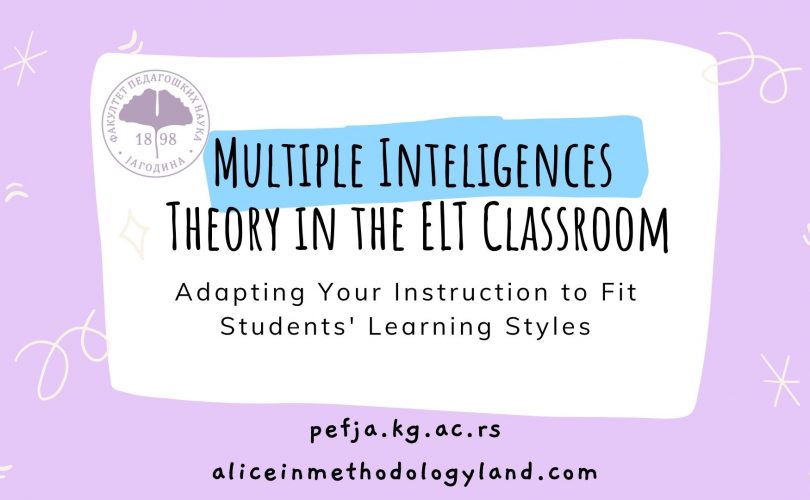

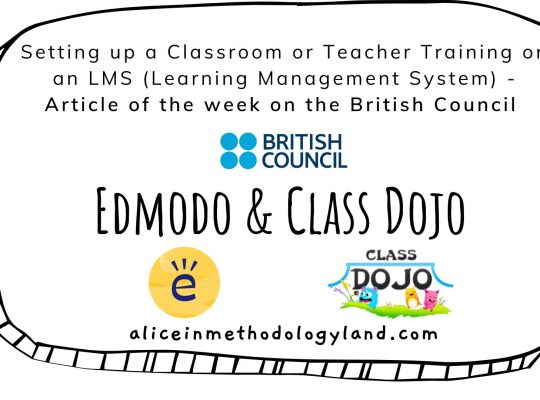
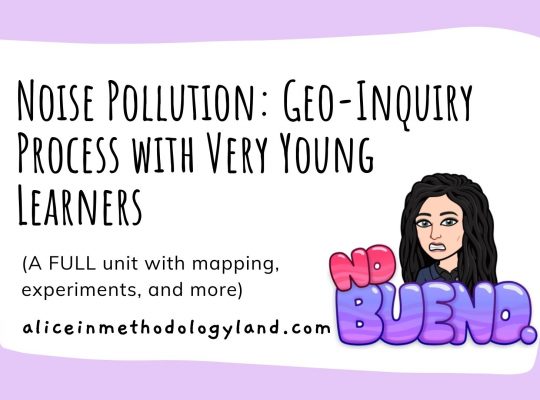
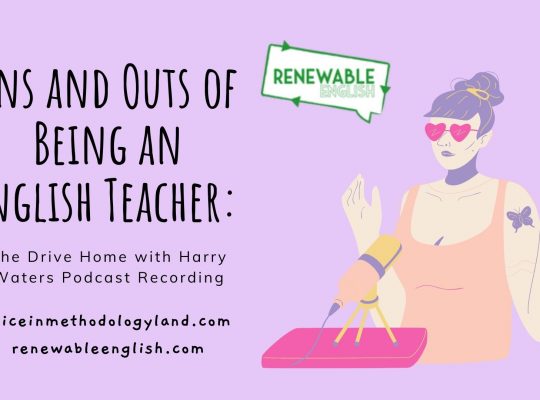
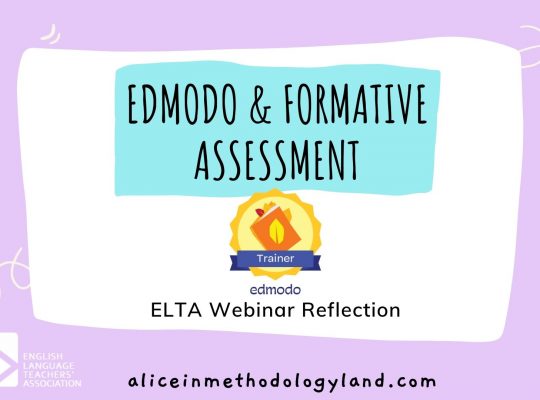
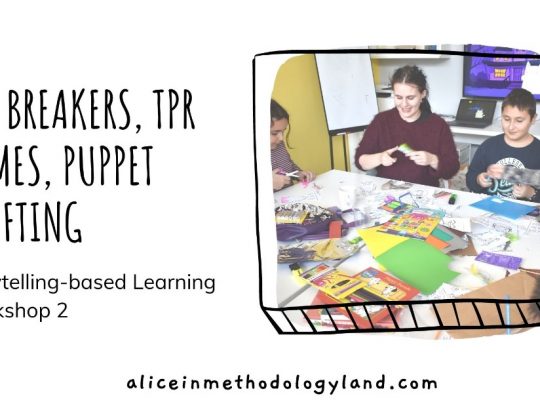

[…] Vukadin, M. A. (2021, December 14). Multiple intelligences Theory in the ELT classroom – Adapting your instruction to fit students’ learning styles. https://aliceinmethodologyland.com/2020/11/08/multiple-inteligences-theory-in-the-elt-classroom-adap… […]